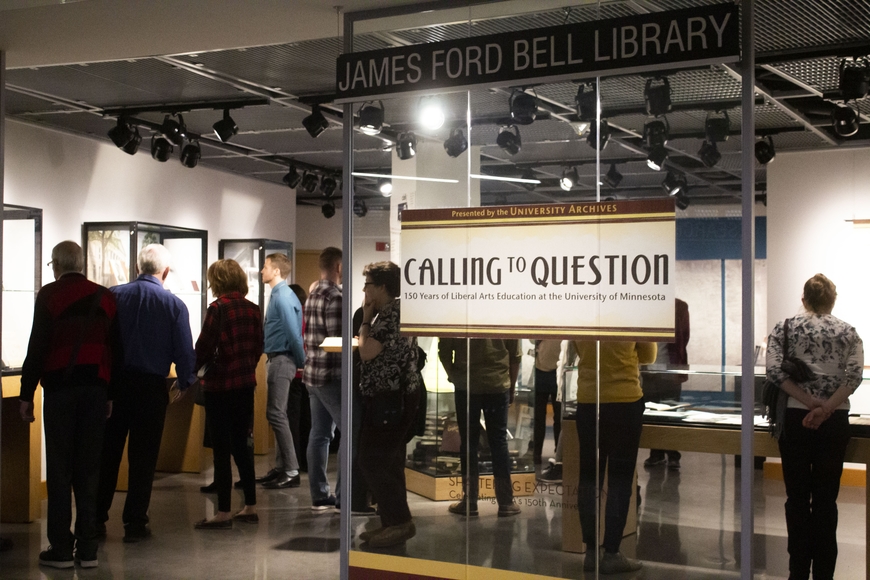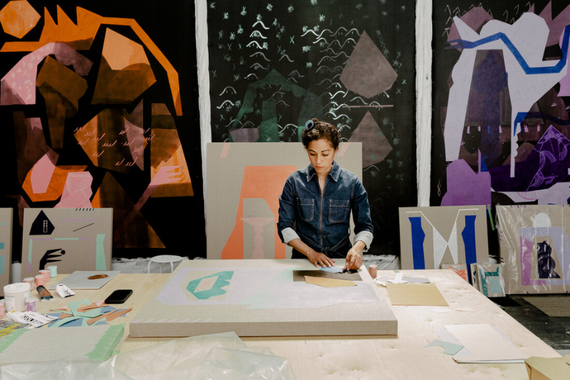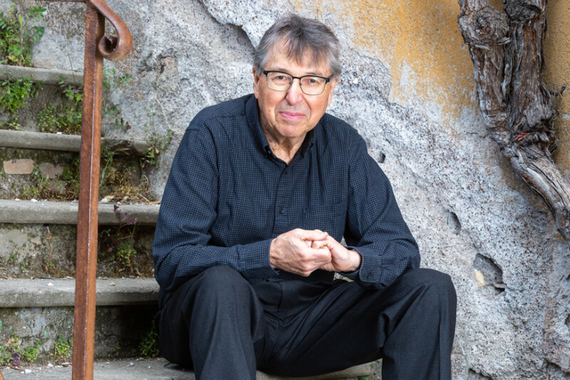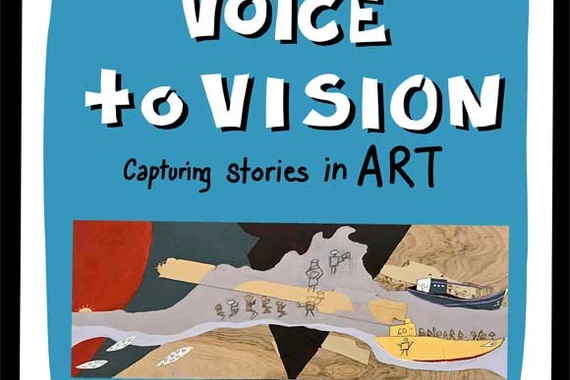Calling to Question
The Calling to Question exhibit has been a long time in the making.
A few years ago when we began to think about our 150th anniversary and how we wanted to mark such a milestone moment in the college’s history, we knew we wanted to be able to share our history. We knew we didn’t want a simple timeline, rather we wanted to tell stories from some of the college’s most pivotal moments. But -- it’s a lot of history, a lot of stories.
So we turned to our colleagues from the newly established Master’s in Heritage Studies and Public History Program, a joint program between CLA and the College of Design. At their recommendation, we hired Noah Barth, one of the program’s first graduate students, to look into CLA’s archives.
Noah’s job was multifold. First, he had the momentous task of gathering together all the CLA collections held by the University Archives. That added up to materials from 10 different collections. In all they represented about 250 cubic feet -- that’s about 208 banker’s boxes -- of materials. Or imagine a storage unit 6 feet long, 6 feet wide, and 7 feet tall, all filled with papers.
These archives had to be combined and reorganized. And then, the truly difficult task began -- that of finding themes and stories within the hundreds of boxes and thousands of papers. Noah was charged with bringing interoffice memos and old budgets to life, not the easiest task. But I think you’ll all agree he’s done an impressive job.
There are a few themes you’ll note throughout the exhibit: free speech and protest; challenges to the liberal arts; and change makers within the college.
As you go through the exhibit, I encourage you to take your time with the materials.
You’ll see how things that we take for granted were once considered controversial topics. For example, you’ll see the 1907 Board of Regents rejecting the proposal to create coursework in journalism. You’ll see how students were expelled in 1876 for satire of the university that would be considered tame by today’s standards.
But you’ll also see the constants: stories of personal dedication and sacrifice; the ever present call to the institution to keep fast to its mission; and the many, many illuminating moments where questioning has played a significant role in the college’s history.
It’s an exceptional exhibit, and we have many people to thank. First and foremost is the exhibit’s curator, Noah Barth, whose efforts have created a thought-provoking and powerful exhibit.
We’d also like to thank Erik Moore, Head of University Archives & Co-Director of University Digital Conservancy, as well as the Archives Committee from the Office of Institutional Advancement for supporting this major effort.
Now it’s my great pleasure to introduce Noah Barth.
Noah is a public historian, archivist, and curator interested in histories of LGBTQ+ people, activists, and social movements. He has a passion for popular and print culture, specifically that which explores issues of gender, sexuality, race, and class.
Noah has various Midwestern roots, from growing up in Ohio to living in Chicago prior to moving to Minneapolis. He has experience working in organizations that deal with issues of public health, public history, the LGBTQ+ community, and small business development -- and he brings this interdisciplinary perspective to his current work. Noah volunteers on the board of Stonewall Sports - Minneapolis, and is the historian for the Midwest Institute for Sexuality and Gender Diversity.
He will receive his Master’s degree in Heritage Studies and Public History from CLA in May of this year.
Let’s welcome Noah.



